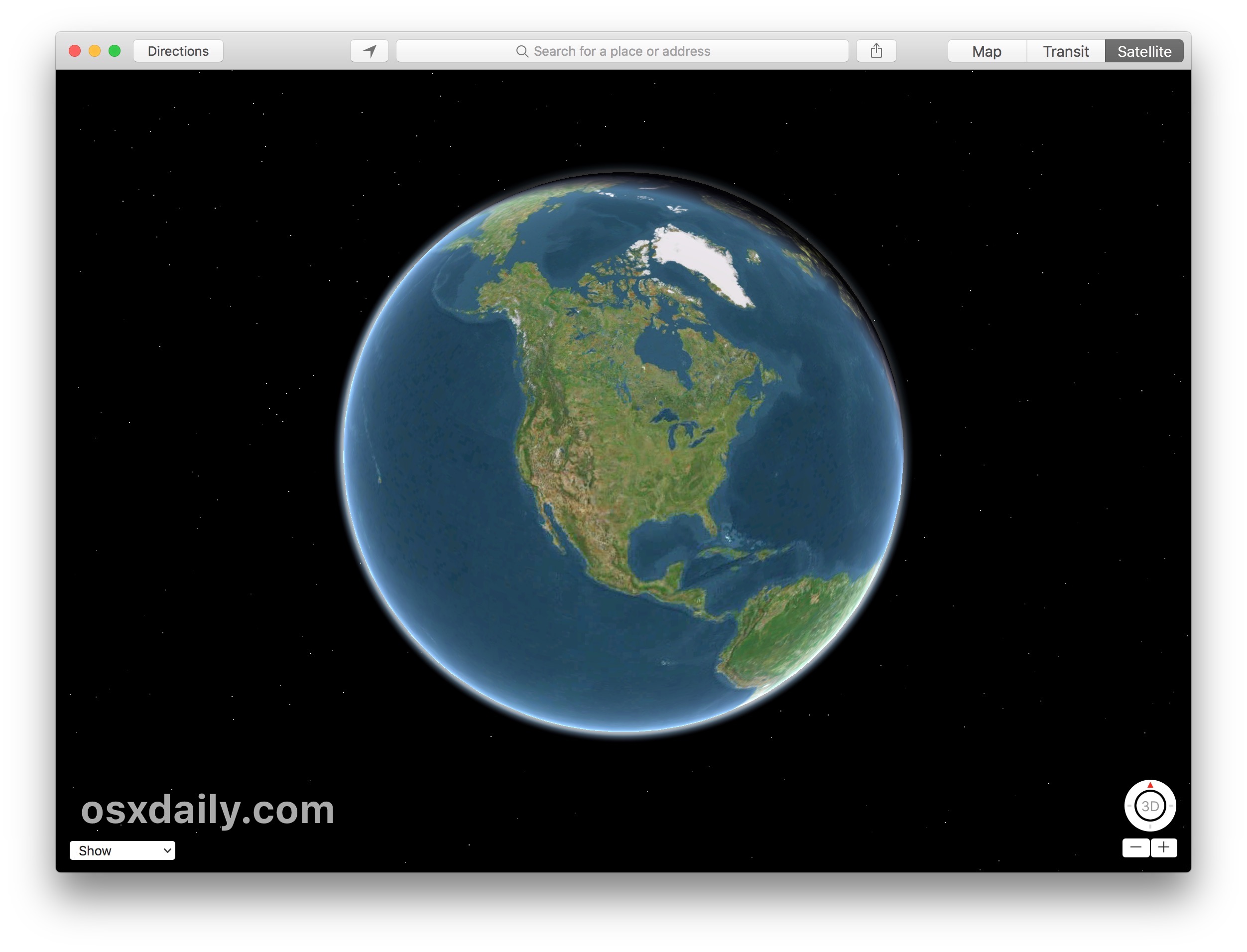A FLAT MAP Mac OS
Flat packages are simple, self-contained files that are easy to pass around. Prior to Leopard (10.5), packages weren’t flat at all. They were bundles, which are just folders that OSX treats in a special way. Apple Partition Map (APM) is a partition scheme used to define the low-level organization of data on disks formatted for use with 68k and PowerPC Macintosh computers. It was introduced with the Macintosh II. Disks using the Apple Partition Map are divided into logical blocks, with 512 bytes usually belonging to each block.The first block, Block 0, contains an Apple-specific data structure. Mac OS X 10.5 Leopard introduced a new 3D look of the Dock, when it's on the bottom of the screen and a darker flat look when it's on the left or right side.
Is your Mac up to date with the latest version of the Mac operating system? Is it using the version required by a product that you want to use with your Mac? Which versions are earlier (older) or later (newer, more recent)? To find out, learn which version is installed now.
If your macOS isn't up to date, you may be able to update to a later version.
Which macOS version is installed?
From the Apple menu in the corner of your screen, choose About This Mac. You should see the macOS name, such as macOS Big Sur, followed by its version number. If you need to know the build number as well, click the version number to see it.
Which macOS version is the latest?
These are all Mac operating systems, starting with the most recent. When a major new macOS is released, it gets a new name, such as macOS Big Sur. As updates that change the macOS version number become available, this article is updated to show the latest version of that macOS.
A Flat Map Mac Os X
If your Mac is using an earlier version of any Mac operating system, you should install the latest Apple software updates, which can include important security updates and updates for the apps that are installed by macOS, such as Safari, Books, Messages, Mail, Music, Calendar, and Photos.
| macOS | Latest version |
|---|---|
| macOS Big Sur | 11.3 |
| macOS Catalina | 10.15.7 |
| macOS Mojave | 10.14.6 |
| macOS High Sierra | 10.13.6 |
| macOS Sierra | 10.12.6 |
| OS X El Capitan | 10.11.6 |
| OS X Yosemite | 10.10.5 |
| OS X Mavericks | 10.9.5 |
| OS X Mountain Lion | 10.8.5 |
| OS X Lion | 10.7.5 |
| Mac OS X Snow Leopard | 10.6.8 |
| Mac OS X Leopard | 10.5.8 |
| Mac OS X Tiger | 10.4.11 |
| Mac OS X Panther | 10.3.9 |
| Mac OS X Jaguar | 10.2.8 |
| Mac OS X Puma | 10.1.5 |
| Mac OS X Cheetah | 10.0.4 |

Some Apple products contain sensors that respond when they detect temperature changes inside your system or device, turning on fans to bring cooling airflow to critical components.
About fan noise
If your device's processor is working on intensive tasks—such as compressing HD video, playing a graphics-heavy game, or indexing the hard drive with Spotlight after you migrate data—the fans run faster to provide additional airflow. You might hear fan noise when this happens, especially if you're in a quiet environment. This rushing-air sound is a normal part of the cooling process.
Ambient temperature, the temperature outside the device, also plays a role in the fans' responsiveness. If the ambient temperature is high, the fans turn on sooner and run faster.
If you hear the fans in your Mac Pro running at full speed and you aren't performing any intensive tasks, check the enclosure. Make sure that your Mac Pro is locked and fully seated, or that the top cover or access door is closed and locked on rack-mounted models.
Make sure the vents on your Apple product aren't blocked
Some Apple products have vents that let fans bring in cool air and expel hot air. Make sure that the vents aren't blocked to allow your device to perform at its best.
- Apple TV 4K has a fan and a vent at the bottom.
- Airport Extreme and Airport Time Capsule have fans and vents at the bottom.
- iMac has vents along the bottom edge and on the back.
- iMac Pro has vents along the bottom edge and on the back.
- Mac mini has vents at the bottom to bring in cool air from beneath the device and vent hot air from the back.
- Mac Pro has three fans on the front of the computer and vents on the front and back.
- MacBook Pro has vents along the side and on the back. MacBook Air computers have vents along the back near the clutch.
The surface your device rests on can block its vents, affecting fan behavior. If you use your device on a soft surface like a couch, pillow, bed, or your lap, its fans might run more. Using your device on a hard, flat surface like a table or desk is best for temperature control.
Learn more
A Flat Map Mac Os Catalina
If the fans in your Mac run fast even when it isn't experiencing heavy usage and is properly ventilated, you might need to reset the System Management Controller (SMC) on your Mac. If you're experiencing this issue on an Apple TV 4K, Airport Extreme, or Airport Time Capsule, unplug the device, then plug it back in.
A Flat Map Mac Os Download
Learn more about the operating temperature of Apple notebook computers.